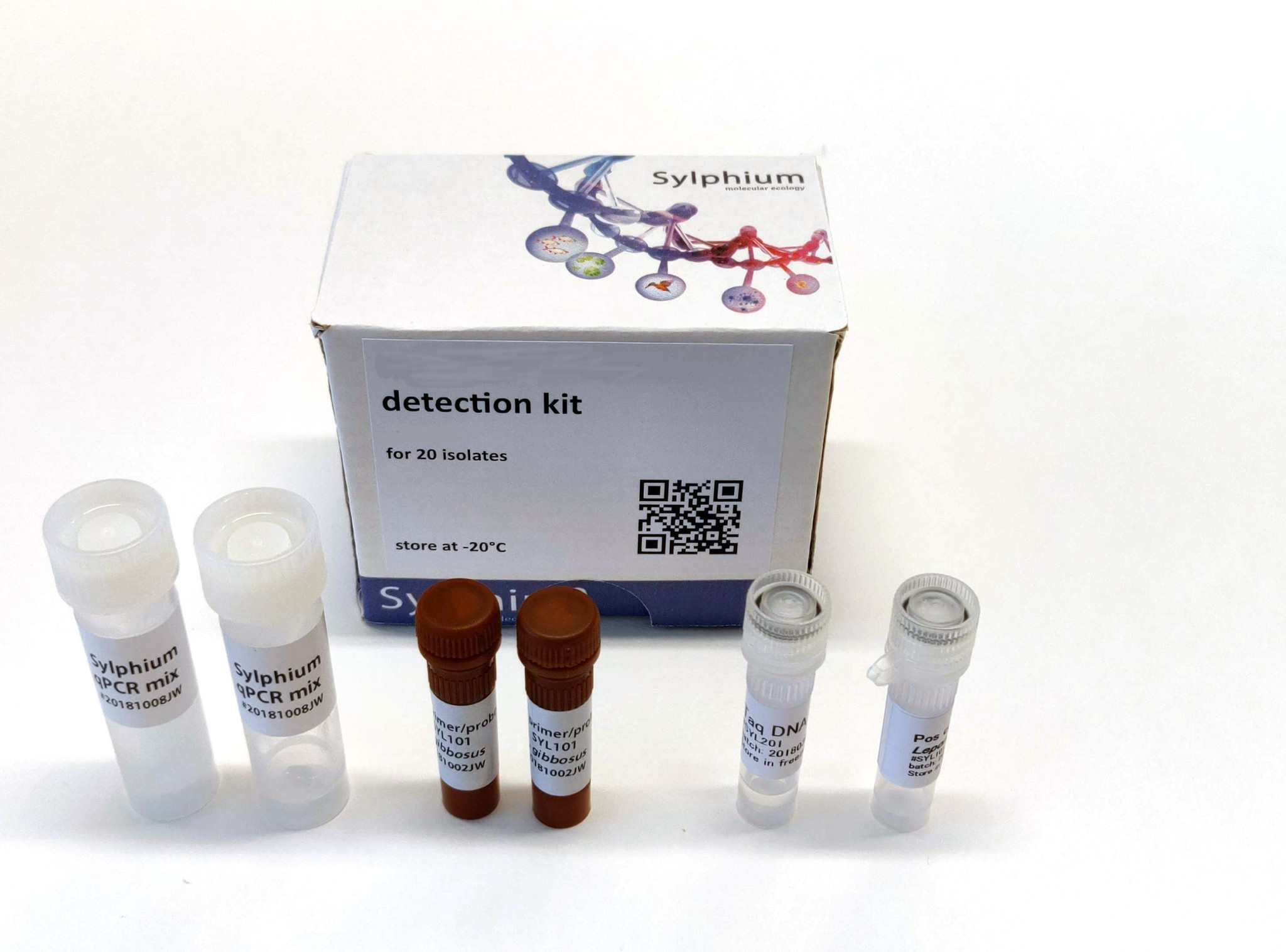The Aeshna viridis (green hawker) eDNA detection kit is able to detect the insect species Aeshna viridis based on DNA in water and contains enough materials for 200 reactions. The kit is based on the fast, sensitive, and proven primers/probe qPCR technique. The kit contains primers and a probe for detecting a highly specific sequence present on the mitochondrial DNA of the species Aeshna viridis.
Species information
Aeshna viridis, the green hawker, is a species of dragonfly in the family Aeshnidae. It is found in Austria, the Czech Republic, Denmark, Estonia, Finland, Germany, Hungary, Latvia, Lithuania, the Netherlands, Poland, Russia, Serbia and Montenegro, Slovakia, Sweden, and Ukraine. Its natural habitats are rivers, swamps, lakes, and marshes. It is threatened by habitat loss in parts of its range but in general it is not very vulnerable.
In English: Green hawker
In German: Grüne Mosaikjungfer
In French: Aeshna viridis
In Dutch: Groene glazenmaker
Primer design
The primers and probe are specially designed to be used with eDNA samples and have the following properties:
- Highest possible sensitivity (1 DNA copy per reaction). Environmental water samples contain normally very low amounts of target DNA.
- Strong fluorescence signal with low background noise. Isolated environmental samples contain residues of naturally occurring auto fluoresce substances that will interfere with the measurements. A strong fluorescence signal from the analyses is required for these kinds of samples.
- 100% specificity. Isolated DNA from environmental samples contains billions of DNA fragments from bacteria, protozoa, plants, animals, etc.
The kit is developed and optimized to be used on eDNA isolates purified using the eDNA isolation kit (#SYL002) from Sylphium molecular ecology.
Kit contents
The kit contains materials for reactions.
- Positive control (Aeshna viridis DNA)
- 2x Sylphium qPCR mix (100 reactions) without primers and probes
- 2x Primer/probe mix (100 reactions) for detection of Aeshna viridis (FAM dye)
- 1x Taq DNA polymerase (200 reactions)
- Protocol and primer/probe validation report
Manual

















